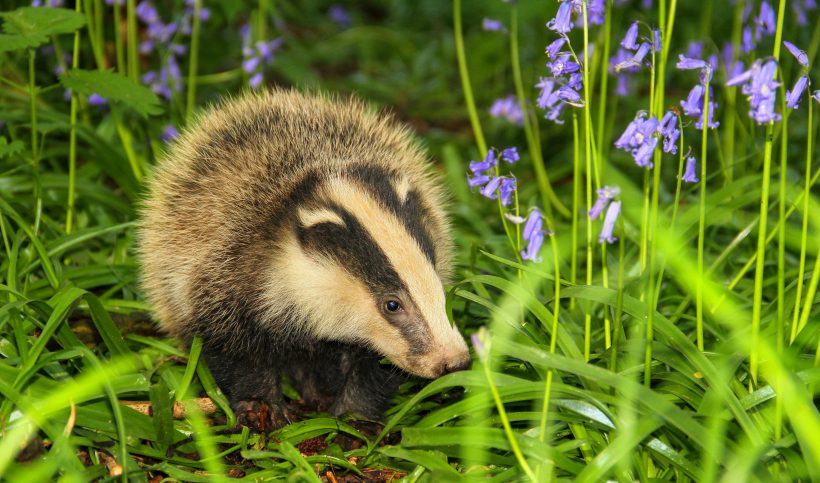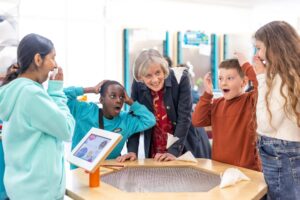Following the scent
May 24, 2019

What a strange request – to be asked for a urine sample to be used as part of a study into the olfactory responses of badgers. And what a strange experience to carry my little pot of wee along the sparkling, clean corridors of our new offices and take part in clandestine ‘handover’ of said pot so it can be labelled and popped in the freezer.
This mock subterfuge is all part of University of Oxford PhD student Tanesha Allen’s research project to learn more about badgers’ reactions to the scent of animals (including humans). Badgers are macrosmatic – in other words they have a highly-developed sense of smell – and use scent marks, including urine, faeces and gland secretions, to communicate. There have been studies that looked at how certain scents appeal more to certain individual badgers, but a lot of this work has been done on laboratory animals, domesticated animals, or captive populations. Not much has been done on wild populations so far but Tanehsa’s project aims to change that.
We have a thriving badger population in our woods at Stansfeld Park, making it the perfect location for such a ‘marking’ exercise. And that’s how it came to be that our site ecologist, Dr Roger Baker, took on the vital role of the freezing of the Science Oxford staff’s wee samples and passing them to Tanesha ready to place in the woodland when the experiment begins in June (other samples will include horse, dog and other badger urine.)
And it’s also how Roger found himself laying camera traps, with help from budding conservationists from Caldecott and Thomas Reade Primary Schools and the Abingdon Science Partnership (ASP), back at the start of May. Tanesha’s research isfunded by a Royal Society Partnership Grantand involves a number of Oxfordshire primary schools. The ASP connected her with Caldecott and Thomas Reade and the pupils helped her set up the cameras in our woods, with the hope of observing the omnivores in olfactory action.
It looks like the ‘sett-up’ worked. Over a thousand videos and pictures of the badgers were captured on the cameras, including footage of six new cubs, two adult females and an adult male. Tanesha said, “Along with the badgers at our other study sites (Dunmore Primary School and Abingdon Prep), this should hopefully provide us with enough footage to see how they respond to different scents.”
And how did she find working with the children? “It’s been amazing” she said, “Whenever you’re teaching children, you can never be quite sure as to how they’ll respond to the material. But luckily, the response has been really enthusiastic! I think it’s because a lot of them don’t realise that studying animal behaviour is scientific.”
The scent experiment will run for a couple of weeks in June after which Tanesha will be teaching primary and secondary school pupils how to analyse the badger footage they’ve captured. And for me, well it has been a wee-lly great opportunity to support such an interesting research project. Probably time to clean the freezer though….



